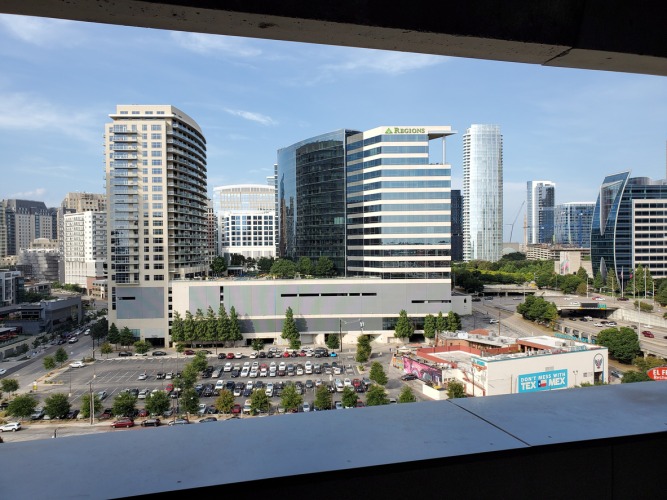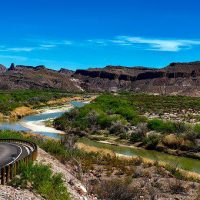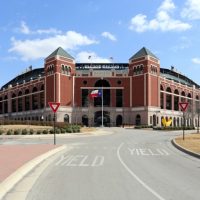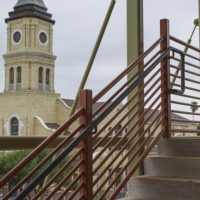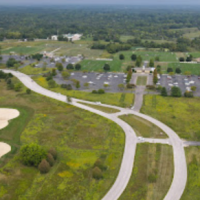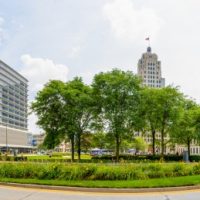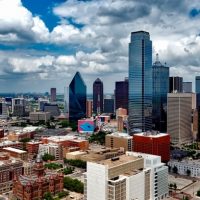Plano is one of three or four cities in the northeast area of the Dallas–Fort Worth metroplex that are fairly affluent areas.
Plano is one of the older cities that developed as bedroom communities for Dallas and has some of the older homes as a result.
It is one of the safer cities, and housing costs are lower than other high-end suburbs in the area.
It is the ninth-largest city in Texas and home to several global corporations.
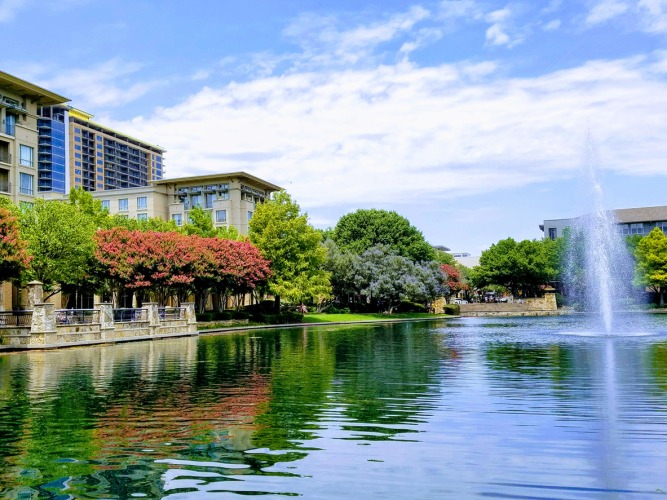
Contents
Pros of Living in Plano, Texas
1. Diversity
Plano has a lot of diversity.
It is 54 percent white, 20 percent Asian, 15 percent Hispanic, and 10 percent African American.
It has the sixth-largest population of Chinese ethnicity in America, making up just over five percent of the population.
This gives the city a feeling of multiculturalism, and that can be seen in the many different kinds of cuisine available.
2. Low Crime Rate
Three of the five safest cities in the United States are in the northeast area of Dallas and Fort Worth.
Plano lands at No. 5 on the list. Neighboring Frisco has been No.1 for a couple of years.
The violent crime rate is 1.61 per 1,000 people, compared to the national rate of 4.0.
Murder, rape, and robbery are all far below the national average.
Property crime is a bit higher, at 16.6 crimes per 1,000, and the national average is 19.1.
3. Quality of Life
Plano is an upscale area that is not cheap.
It is not as expensive as other cities in the Dallas area, but it is still above the national average.
Salaries are high too, though.
The crime rate is very low, there are lots of good-paying jobs available, the weather is good, and the overall economy is strong.
It is close enough to Dallas to enjoy the big city, but also far enough away to escape.
4. Public Transportation
Unlike many cities around Dallas, Plano has good public transportation.
Most do not have much at all, but Plano can help you get around.
There is a light rail service to Dallas, and there is a bus system operating through most of the city.
The city has HOV lanes to help move traffic.
There are also many bike lanes, making it a relatively bike-friendly city.
The downtown is very walkable as well.
5. Old Money
The first rich people who decided to move just outside of Dallas to escape the big city went to Plano in the early 1950s.
The result is a more planned city, and more planned growth, than other cities in the area.
There are a lot of very nice houses built in the 1980s that are dated but very affordable.
It also means a lot of beautiful golf courses and fantastic shopping centers.
It is a more settled-feeling city than others in the area.
6. Strong Economy
Plano is home to several Fortune 500 companies, and there are a lot of opportunities if you have a solid educational background.
The average salary is $73,000 and the national average is $68,000.
The cost of living is a bit higher, but that is offset by higher wages.
The latest unemployment rate is 3.5 percent, below the state and national average.
WalletHub says Plano has the seventh-best job market in the entire nation and No. 1 in Texas.
7. Outdoor Activities
Plano has 70 or more parks and many miles of trails for hiking and biking.
There are several nature preserves, as well as lakes and state parks in the immediate area.
There are several golf courses, tennis courts, and other recreational facilities to make being outdoors even more fun.
One of the best balloon festivals in the country is held in Plano.
8. The Weather
There are about 300 sunny days each year.
It can rain a lot in the spring, but for most of the rest of the year, you can count on nice clear weather.
Winters are mild, you don’t need a heavy coat.
There may or may not be an inch of snow in January.
Summers can get hot and muggy, but not as bad as a lot of places.
Cons of Living in Plano, Texas
1. Traffic
There is more public transportation available in Plano than in many Texas cities, but there are still cars everywhere.
A major tollway, and two major highways, run through Plano on the way to Dallas, which creates a lot of traffic.
You will get caught in traffic jams a lot, and driving is never relaxing.
It may not be in the big city, but the traffic is big city traffic.
2. Growth and Infrastructure
Plano went through most of its growing pains before the year 2000, but it is still growing and there are still pains.
Growth makes the economy grow, but it also puts extra strain on infrastructure like highways, schools, and other public services.
The growing pains are not as bad as in some Dallas suburbs, but there is still some of that going on here.
3. Hot Summers
The weather is great most of the time, but summers can get very hot, and that is the worst time of year.
July and August can have several days above 100 degrees, and 90-degree days are very common.
It gets muggy as well with the humidity, and it does not cool down much at night.
If you don’t have air conditioning, you will have a rough time in summer.
4. Extreme Weather
The weather is good most of the time, but when it gets bad, it can be really bad.
There are tornadoes at times, which cause a lot of damage.
Hurricanes don’t reach this far inland, but they affect national weather and can cause a lot of rain here.
There are also hail storms at times that damage a lot of cars and buildings.
Snow and ice are rare, but when they do happen, it creates havoc because no one knows how to deal with it.
5. Cost of Living
The cost of living in Plano is about 20 percent above the national average.
It is not as expensive as the neighboring city, Frisco, and some other cities, but it is above average.
Housing prices are not overly high, but they are going up.
The higher median income helps offset this to some degree.
Texas is in general not a cheap state to live in, but overall, Plano is relatively affordable if you get a good job.
6. Not Much Nightlife
Since it is essentially a suburb, it has not developed a big-city-type party scene.
There are lots of great restaurants, and some nice bars, but not very many nightclubs for all-night partying.
The larger concerts are in Dallas, and most major events are as well.
This is not a small town, but it has sort of a small-town attitude when it comes to creating nightlife.
7. Too Close to Dallas
Being close to a big city like Dallas has its advantages, but it also has its disadvantages.
Many people commute to and from jobs in Dallas.
On a good day, you can get to Dallas in 20 minutes, but during the rush hour, it might take you an hour.
Being close to Dallas means you have access to major entertainment, but it also means that entertainment is not in your backyard either.
8. Bugs and Other Pests
Affluent area or not, if you live in Texas you will have more bugs than you want to deal with.
The relatively mild winters, and the hot and muggy summer, make a perfect environment for creepy crawley-type insects.
You can get roaches even in a clean house.
Mosquitos can be very bad, as well as red fire ants, which can give you a painful bite.
Even in the city, there are small creatures like raccoons running around and turning over trash cans.
You will need a professional exterminator to keep your home totally bug-free.
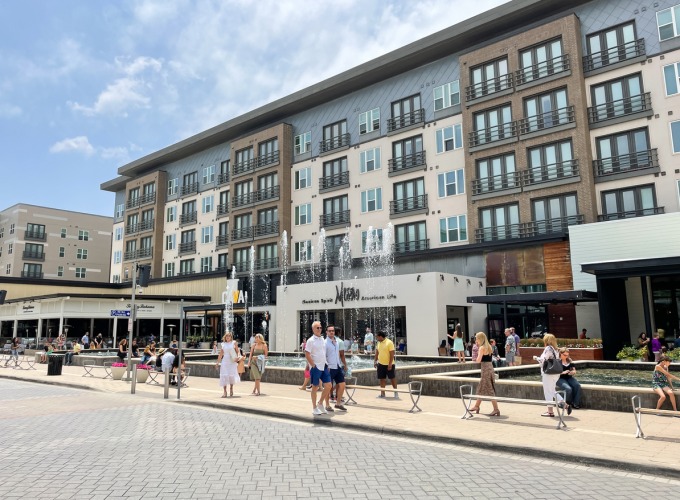
Pros and Cons of Living in Plano, Texas – Summary Table
| Pros of Living in Plano, Texas | Cons of Living in Plano, Texas |
|---|---|
| 1. Diversity | 1. Traffic |
| 2. Low Crime Rate | 2. Growth and Infrastructure |
| 3. Quality of Life | 3. Hot Summers |
| 4. Public Transportation | 4. Extreme Weather |
| 5. Old Money | 5. Cost of Living |
| 6. Strong Economy | 6. Not Much Nightlife |
| 7. Outdoor Activities | 7. Too Close to Dallas |
| 8. The Weather | 8. Bugs and Other Pests |
Plano Safety Overview
READ THE FULL REPORT: Plano Safety Review
Safety Index:
- OVERALL RISK: LOW
- TRANSPORT & TAXIS RISK: LOW
- PICKPOCKETS RISK: LOW
- NATURAL DISASTERS RISK: MEDIUM
- MUGGING RISK: LOW
- TERRORISM RISK: LOW
- SCAMS RISK: LOW
- WOMEN TRAVELERS RISK: LOW
Frequently Asked Questions
How did Plano Texas get its name?
Several names were considered, but eventually, the word Plano was chosen as it is like the Spanish word for flat land.
At the time, the area had no trees and was flat plains as far as the eye could see.
The name seemed to fit, and the government accepted that name when the post office was built.
What is something unique about Plano?
The Heritage Farmstead Historical Museum is an actual working farm located inside the city limits.
The original house was built in 1881 and still stands.
The farm is still in operation and works as a living museum, showing the agricultural history of the area.
It was originally a 362-acre farm outside the city.
About six acres remain, which houses the farm and museum.
What is the Chinese connection to Plano?
In about 1990 Chinese professionals began settling in Plano, and today make up six percent of the city’s population.
There are as many as 30,000 Chinese people in the city.
There are many Chinese restaurants, and the DFW Chinese cultural headquarters is in Plano.
Plano has six Chinese churches and several ethnic supermarkets.
How fast has Plano grown?
In 1970 there were 18,000 people in the city, and the next two decades saw the city grow by 350 percent each decade.
By 1990, it had 128,000, and nearly doubled to 220,000 by 2000.
It has continued to grow since then and has almost 300,000 people today.
How did Plano come to be a town?
The first white settlers began arriving in the early 1840s, and they were farmers for the most part.
In 1872, the completion of the Houston and Central Railroad helped the area grow into a town.
It was incorporated with 500 people in 1873.
In 1881, a school district was formed.
It grew slowly, and as late as 1960, it had just 3500 people.
